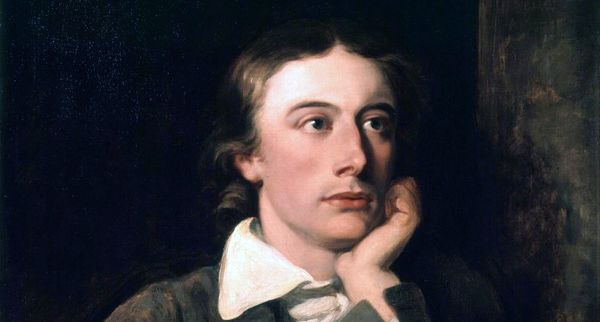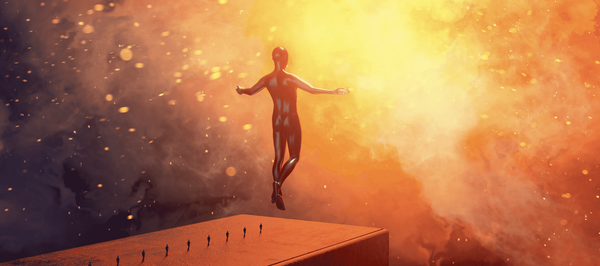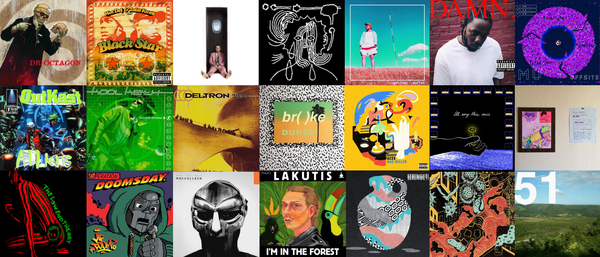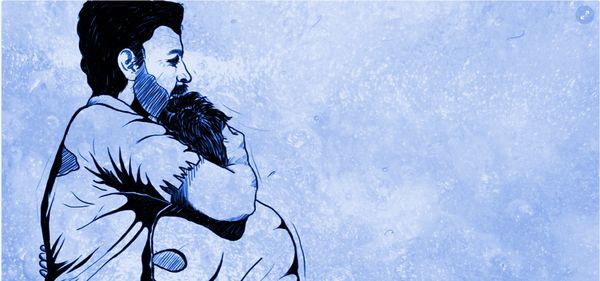Sam Thomas Davies • • 4 min read
John Keats on Creativity, Mastery and The Art of Practice

When John Keats was 14, his mother was killed by Tuberculosis (though some say her broken heart from the unexpected loss of her beloved husband six years earlier invited the disease in).
Now orphaned, Keats, along with his sister and two brothers, went to live with his grandmother in her small London residence.
Keats dealt with his grief, not helped by his turbulent teenage anguish, by focusing on a pastime he’d grown fond of in his last few terms at school: poetry.
This fondness for wordplay turned into an obsession for Keats — so much so that in his leisure time, he’d return to the school library and devour as much poetry as he could swallow.
Keats wanted to write himself, but without the instruction of a mentor, he struggled with direction.
He began teaching himself the only way he knew how: reading all the works of the greatest poets of the seventeenth and eighteenth centuries.
He modelled their poetic form and style; imitated, then built on their stanzas to develop a voice uniquely his own.
At 21, Keats (now a licensed physician) made a controversial decision that shocked his peers: he ditched the physician life trajectory, instead, choosing to dedicate his life to writing poetry.
He knew inside, this was his life’s task, this would be his living, whether he was paid for it or not.
The Poetry Challenge
To complete his demanding (yet self-imposed) apprenticeship, Keats set himself a challenge: to write a very long poem. 4,000 words of meticulous poetic prose.
He even gave himself a deadline of seven months. The goal required him to write 50 lines a day until he had his first draft.
Keats wrote for months, however, three quarters of the way through, he hit an obstacle and one he hadn’t anticipated. He hated the poem he was writing.
When we write we turn off our critical thinking and let our expressiveness flow. This is essential for creativity but demoralising when we turn our critical thinking back on.
Naturally, he felt despondent. He had come so far only but in the wrong direction. But he refused to quit. He willed himself to complete the work and eventually met the deadline he’d set.
Keats still didn’t like his poem but by the end of the ordeal he had no regrets. That 4,000 word poem was a ladder to mastery.
Try our 30 Challenges for 30 Days.
He’d learnt how to overcome his writer’s block, how to write daily — a habit that helped him tighten his poems and write with fierce tenacity — how to critique his poems with a cold eye, how to overcome the fear of “failure”, how to finish something he’d started.
Keats wasn’t yet a master at poetry, but he was quickly becoming a master at…
…The Art of Practice
We all want to master something in our lives, be it our career, our passions or even our emotions. But in our quest for Mastery, we must prepare ourselves for resistance; obstacles that challenge us and prevent us from moving towards what we want.
These obstacles, much like apprenticeships, can be self-imposed. We can experience apathy, fear and self-doubt, but with a willingness to exceed our self-perceived limitations, we can begin to ascend any plateau we hit – once we know how.
Once we apprentice ourselves to the art of practice.
In his seminal book, Mastery, Robert Greene describes the art of practice as:
Going in the opposite direction of all your natural tendencies when it comes to practice. [1]
“First, you resist the temptation to be nice to yourself” Greene explains.
Self-help will comfort you in moments of insecurity; “I’m okay, you’re okay” and so on, but on the path to Mastery, “okay” doesn’t cut it.
You must become your own worst critic; not to be negative or to compare yourself to others, but to help you identify your weaknesses as objectively as you can (as if you were looking at someone else’s work) and improve them.
This is what New York Times bestselling author Neil Strauss calls “hate-proofing”: Responding to chinks in the armour – misquotes in copy, misspellings in a presentation, flaws in your character – and correcting them before critics can exploit them.
You recognise your weaknesses; blind spots and noticeable differences between you and the Masters you’re modelling. You ask yourself questions other dare not to ask like: “Why aren’t I where I want to be?”
This can be painful, but not as painful as what neglecting this practice can lead to: disappointment and even worse – unrealised potential.
“Second” Greene continues “you resist the lure of easing up on your focus”.
You raise your standard and refuse to settle for less than what you believe you deserve. Think of it as a code of conduct or a Commander’s Intent; a mission statement that governs the behaviours necessary to become a Master.
You develop routines that turn your strengths into weaknesses and set arbitrary deadlines to meet, whether there’s consequences or not.
American basketball Hall of Famer Bill Bradley, once described as slow and gawky, would put ten-pound weights in his shoes to strengthen his legs and give him more spring to his jump when practicing. [2]
Author Chris Guillebeau, founder of the popular blog The Art of Non-Conformity, committed to posting a new article every Monday and Thursday – a schedule he’s honoured for five years.
Guillebeau commented in a recent interview:
As a creative the streak is important, it’s about, “I’m going to commit to doing this.” [3]
Read: How Leonardo da Vinci and George R. R. Martin Created Their Masterworks
John Keats Graduates into Mastery
With the lessons he learnt from his self-apprenticeship, between the years of 1818 and 1819 (and before his untimely death), Keats produced some of the most memorable poems in the English language. He had become, what historians would call, a Master.
Commit to resistance practice and become a Master like Keats. Soon enough you’ll enjoy the fruits of your labour and others will marvel at the apparent ease in which you have accomplished your goals.
(You can read some of John Keat’s poems in this awesome complete collection.)
Sources
[1] Greene, R. (2012) Mastery, London: Penguin.
[2] Bradley, B. (2002) Basketball Hall of Famers, New York: The Rosen Publishing Group Inc.
[3] Chase Jarvis. 2013. Chris Guillebeau | Chase Jarvis LIVE | Chase Jarvis. [Online]. [Accessed 22 November 2011]. Available from:https://www.youtube.com/watch?v=i1AjhaFVXWE
This article was originally published on samuelthomasdavies.com










